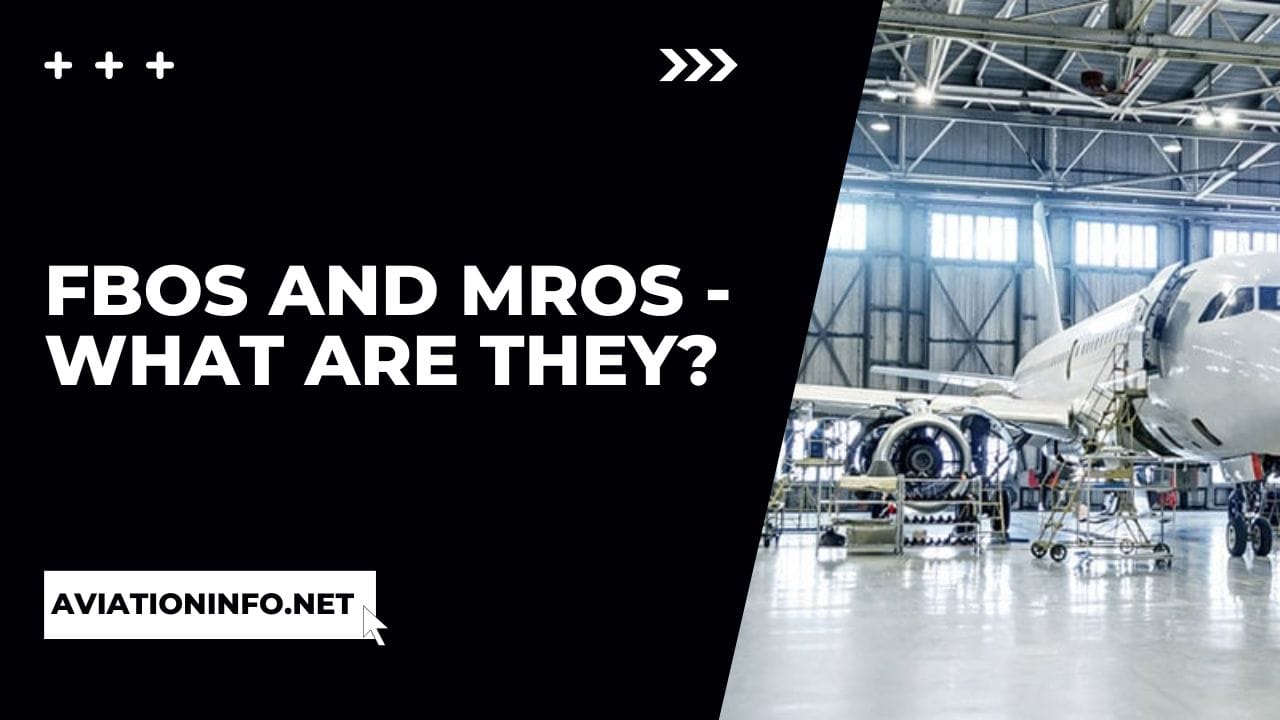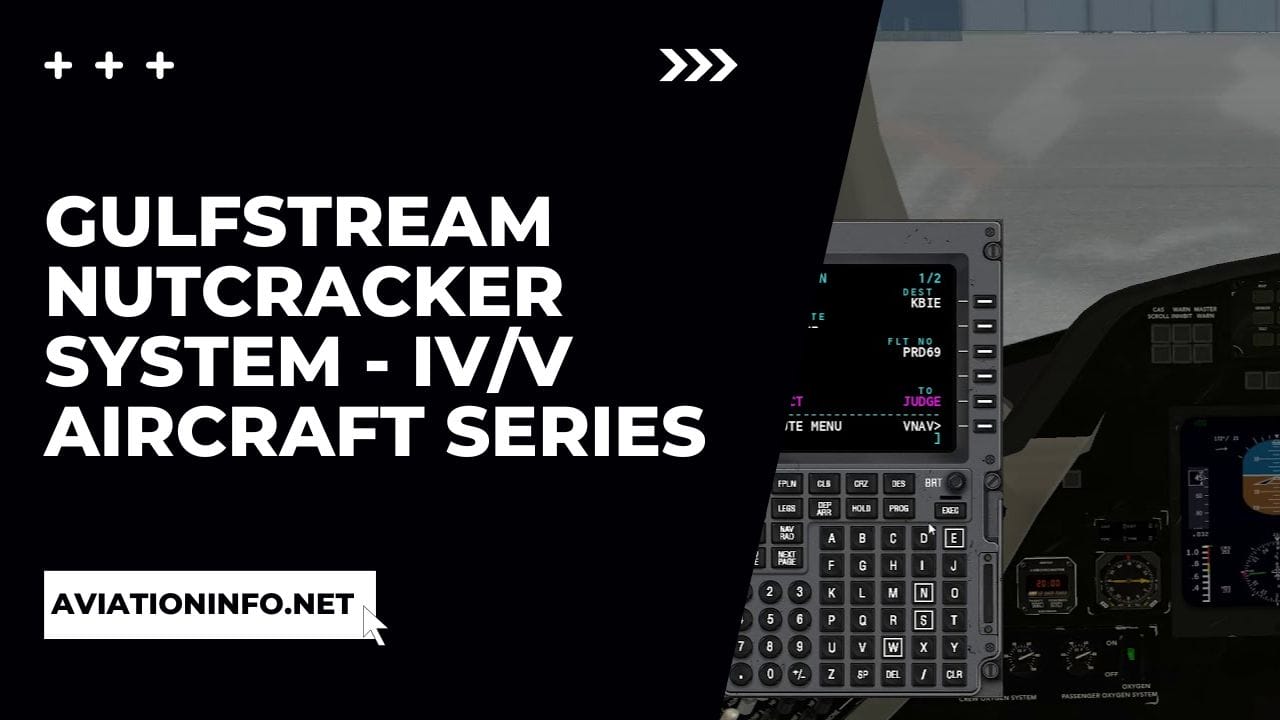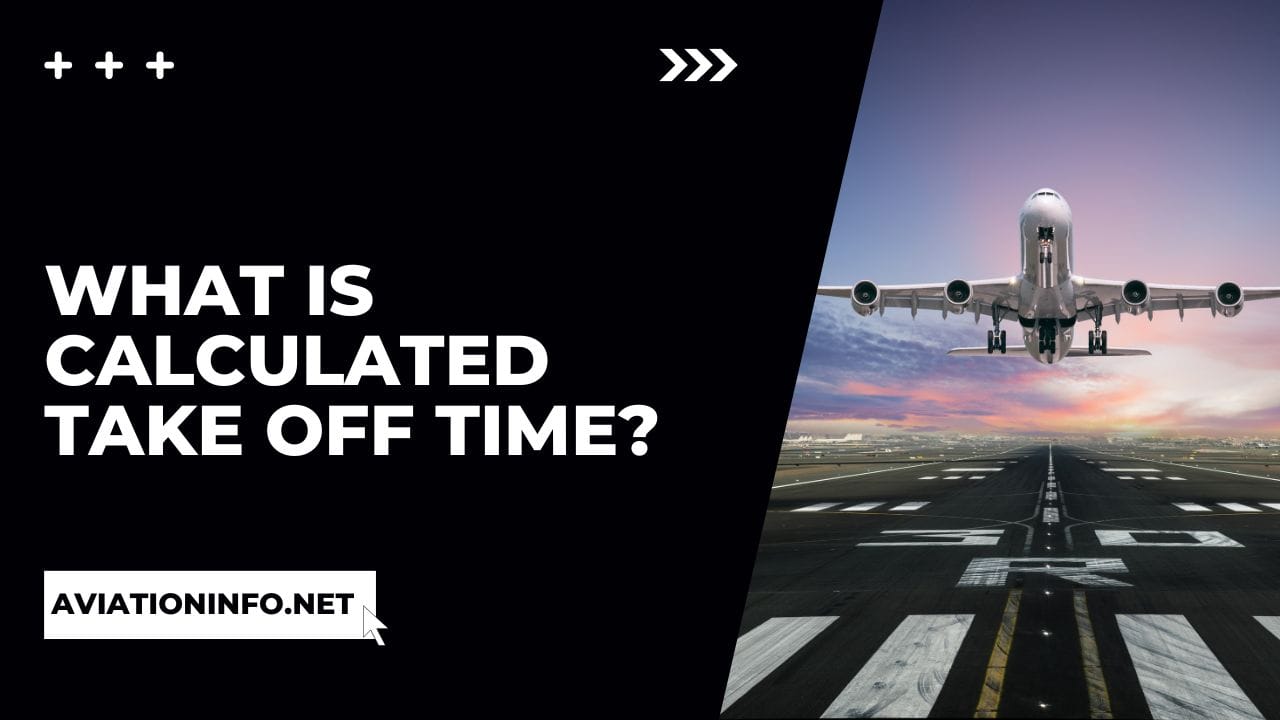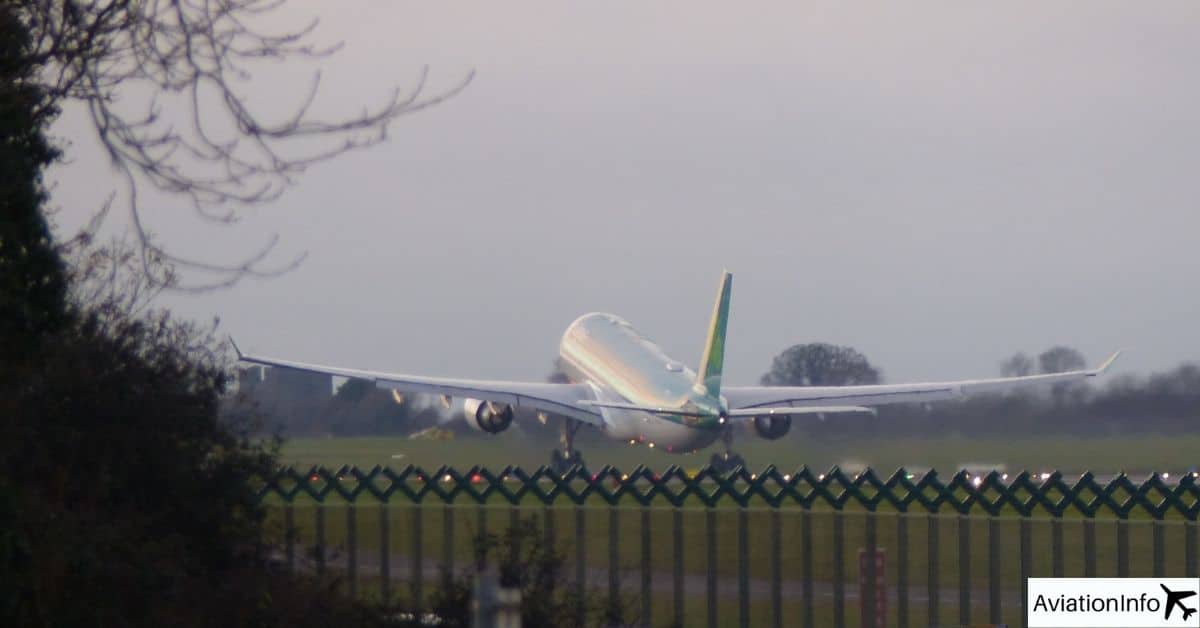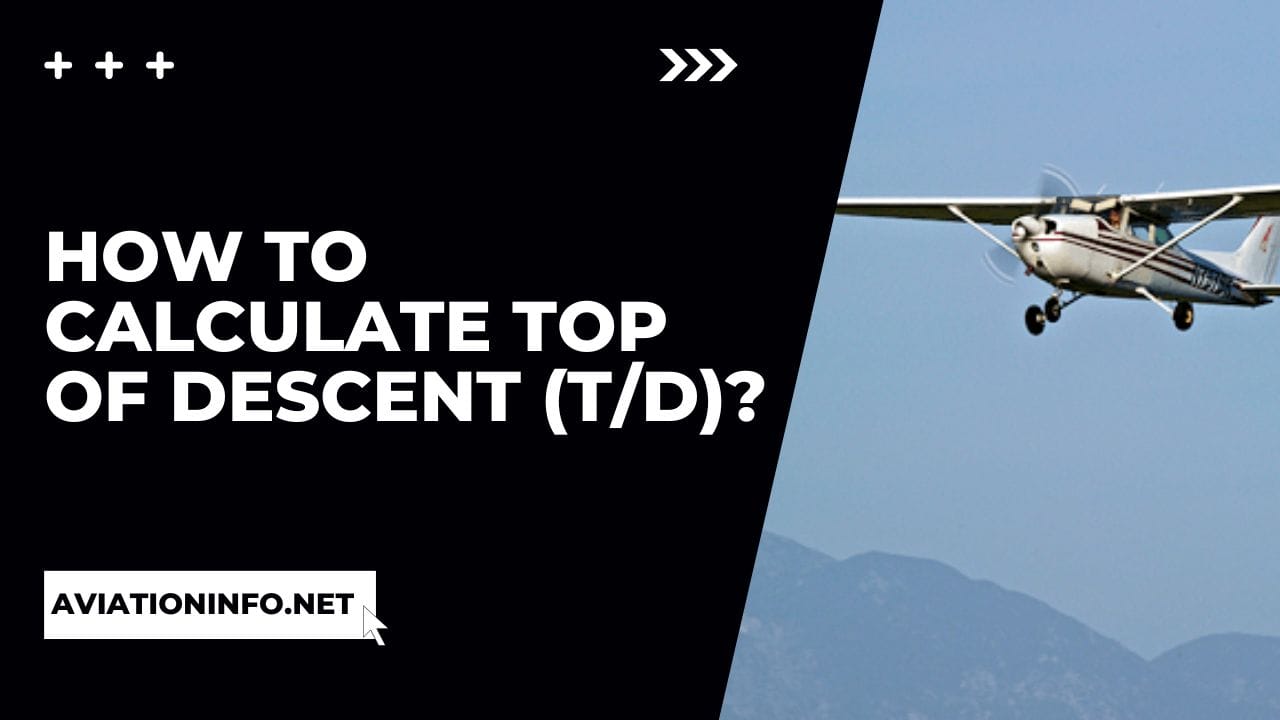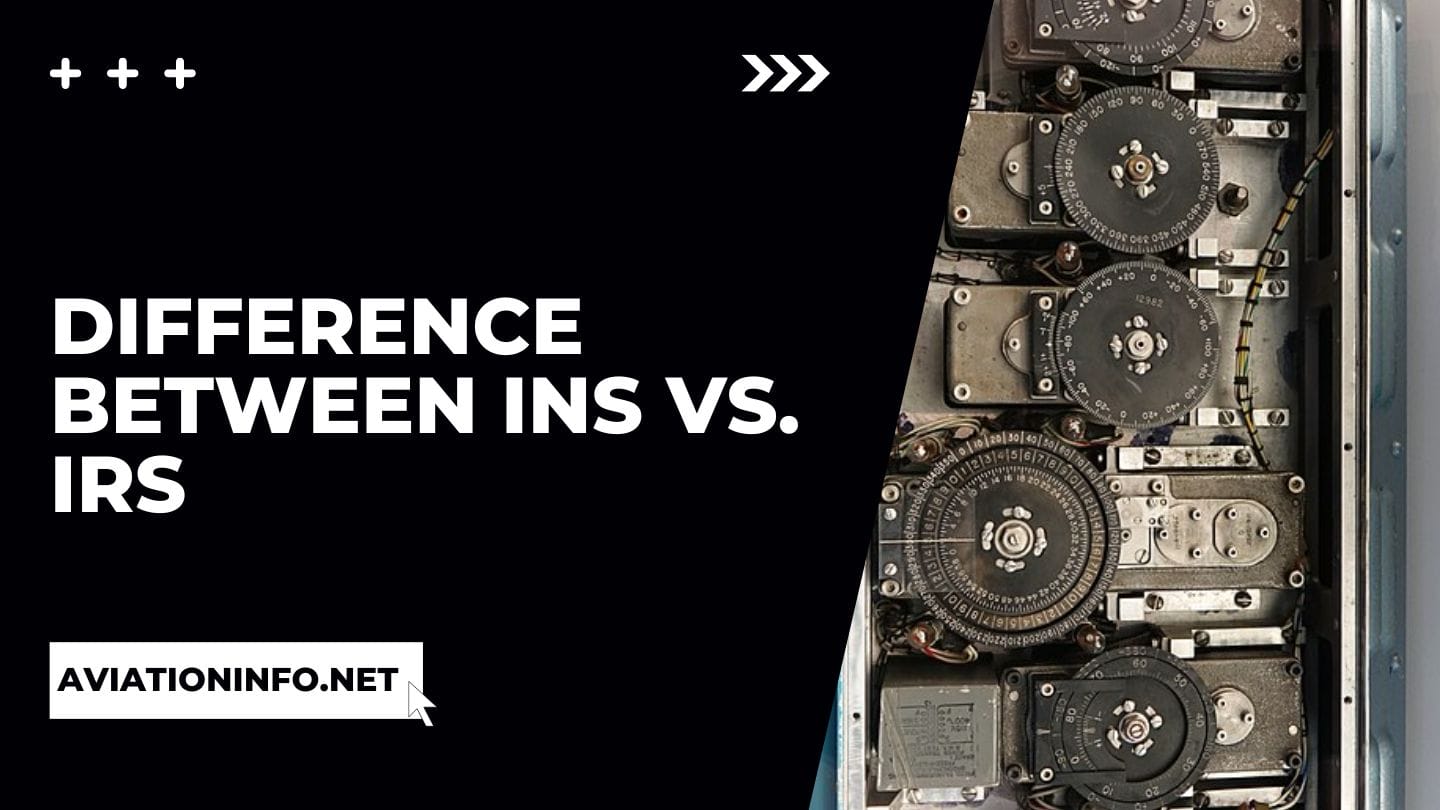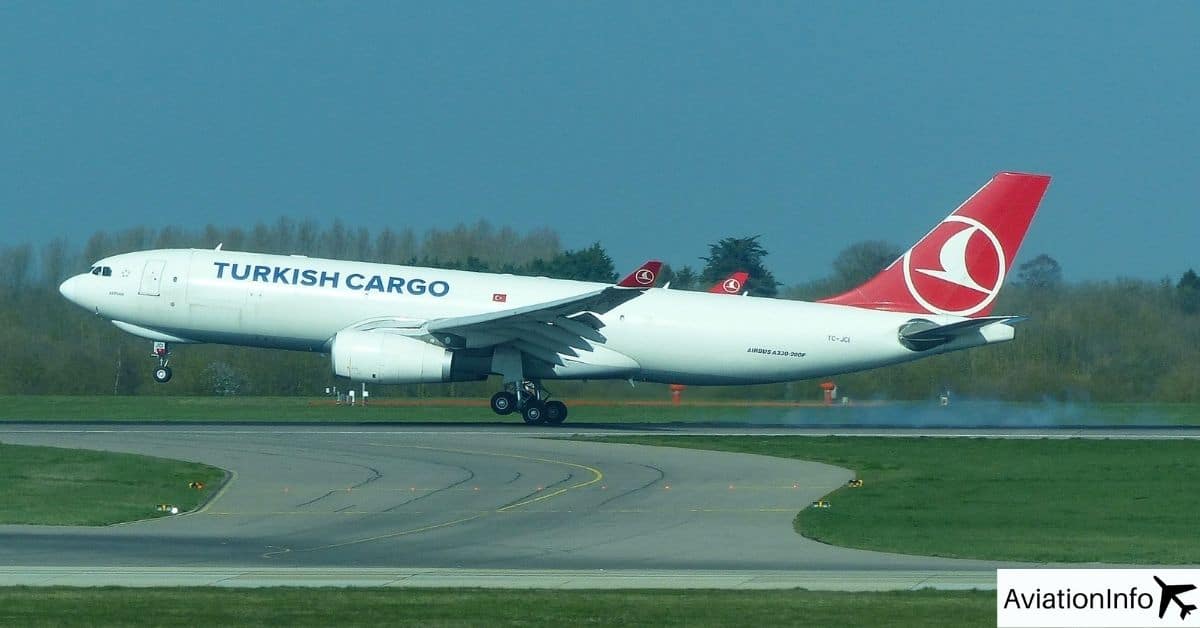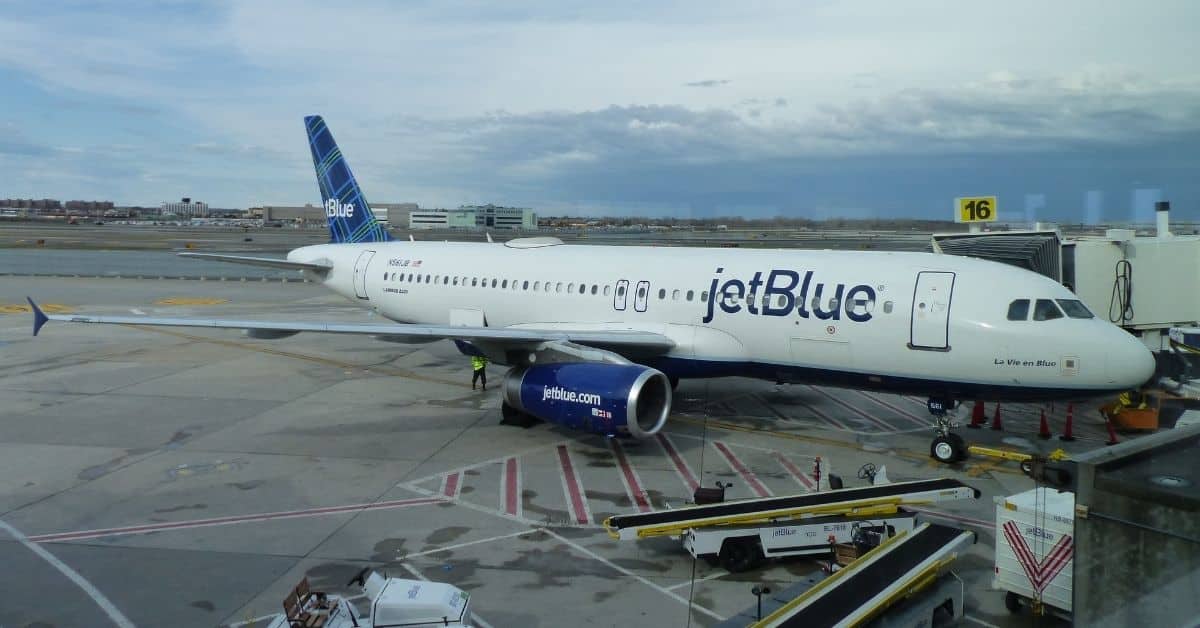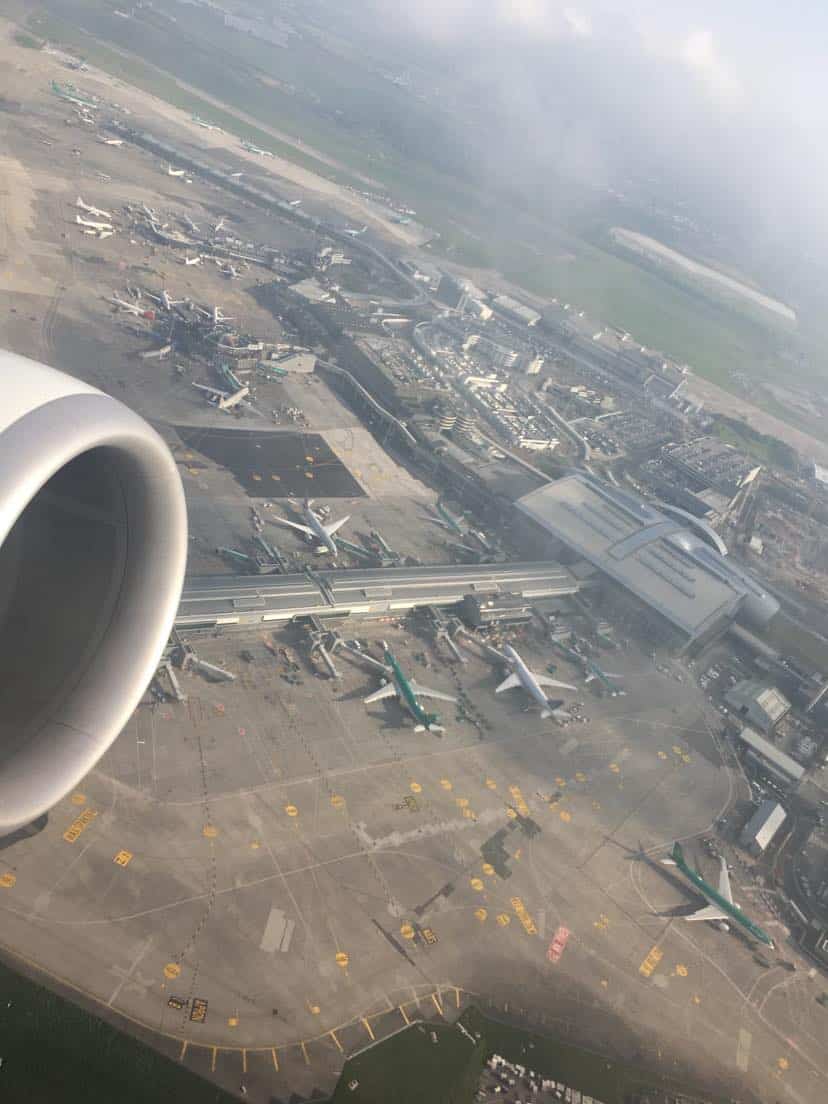FBOs and MROs – What Are They?
In the aviation industry, various facilities and services are provided to aircraft and their personnel. In both the commercial and non-commercial sectors of aviation, there are facilities known as FBOs and MROs which fulfill different services for operators and aircraft owners. Known as a Fixed Base Operators (FBO), FBOs generally provide services to General Aviation … Read more
